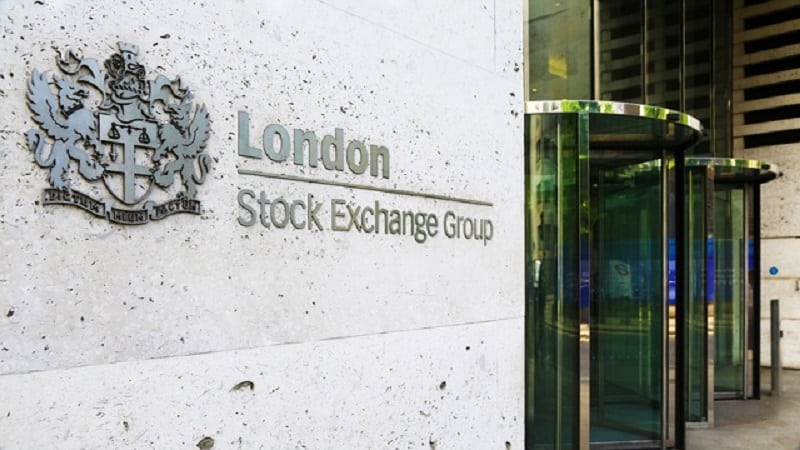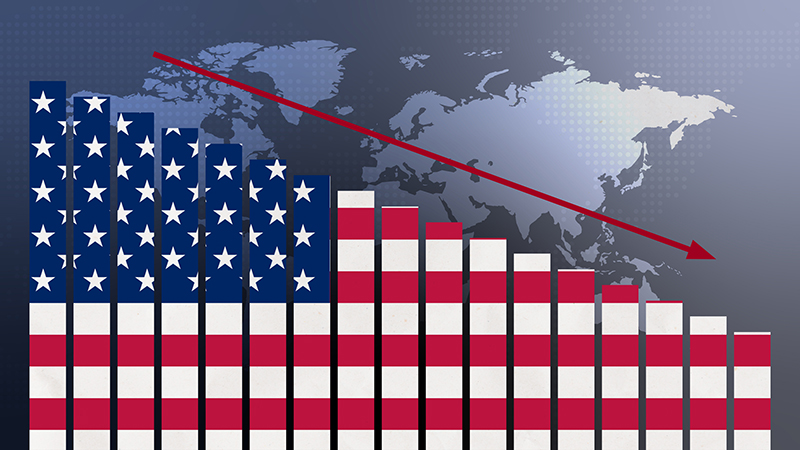This means that should the package be at that level investors will just shrug their shoulders, and if it is at a lower level it could prompt a major sell-off. Neither of these scenarios would do much to secure the moderate inflation and GDP growth European politicians and central bankers desire.
The simple answer would be for Mario Draghi and co to make sure they blow the doors off by announcing a far larger sum than €500bn.
Anybody expecting this may be underestimating the pressure being exerted on the ECB by the eurozone’s dominant member nation Germany however. Angela Merkel and the German people in general are broadly opposed to QE, or money printing as it is perhaps more accurately named.
This is due to a combination of Germany doing relatively well economically and a fear of inflation. With Germany’s powerful industrial base and solid public finances most Germans have no desire to see the boat rocked. The inflation fear stems from a combination of very sensible economic considerations and the hyperinflation in Germany’s past.
This leaves Draghi and the ECB between a rock and a hard place. While you could easily make the point that they should be used to this by now it does not help matters to do so.
There is one possible solution. A big cut to the interest rate taking it deep into negative territory could provide the necessary shock factor to jolt markets and in time the beleaguered economies of the eurozone states into life. This would negate the need to print money at a level unacceptable to Germany and some of its north European neighbours.
At present, the ECB deposit rate is already a fraction into negative territory at 0.2% while the refi rate is virtually zero at 0.05%.
There is a very recent precedent for a big move to negative interest rates of course with the Swiss National Bank cutting its rate to -0.75%, albeit for different reasons relating to the removal of the currency peg with the euro.
“The Swiss used negative short-term interest rates in the late 1970s, when I started my career in investment management to discourage large flows into the franc,” said Rathbones CIO Julian Chillingworth.
“Moving to today, and if the ECB embark on a round of QE, a continuation of a euro-peg would have been particularly painful; there were meaningful flows out of Russia into the CHF over the last three months. The likelihood is that negative rates will have to become a tool in central banks’ armoury” he added.
Chillingworth said that it could be argued that this should have been used earlier in tandem with QE ‘to hammer home the inflationary nail once and for all.’
A deep lunge into negative rates is not without risk of course, given that despite various ‘stress tests’ suspicions persist that some of Europe’s major banks remain on shaky ground. “The ECB is probably worried that a number of banks are still not in robust health, but negative rates may still be worth considering today,” Chillingworth said.
Should the ECB take such a step and its effect be somewhat as hoped, Chillingworth said that clearly equities and risk assets generally would be to place to add weight in portfolios.
Betting heavily on the ECB to get this right would take a brave wealth manager however, with the stomach and backing from clients to ride out a storm.











